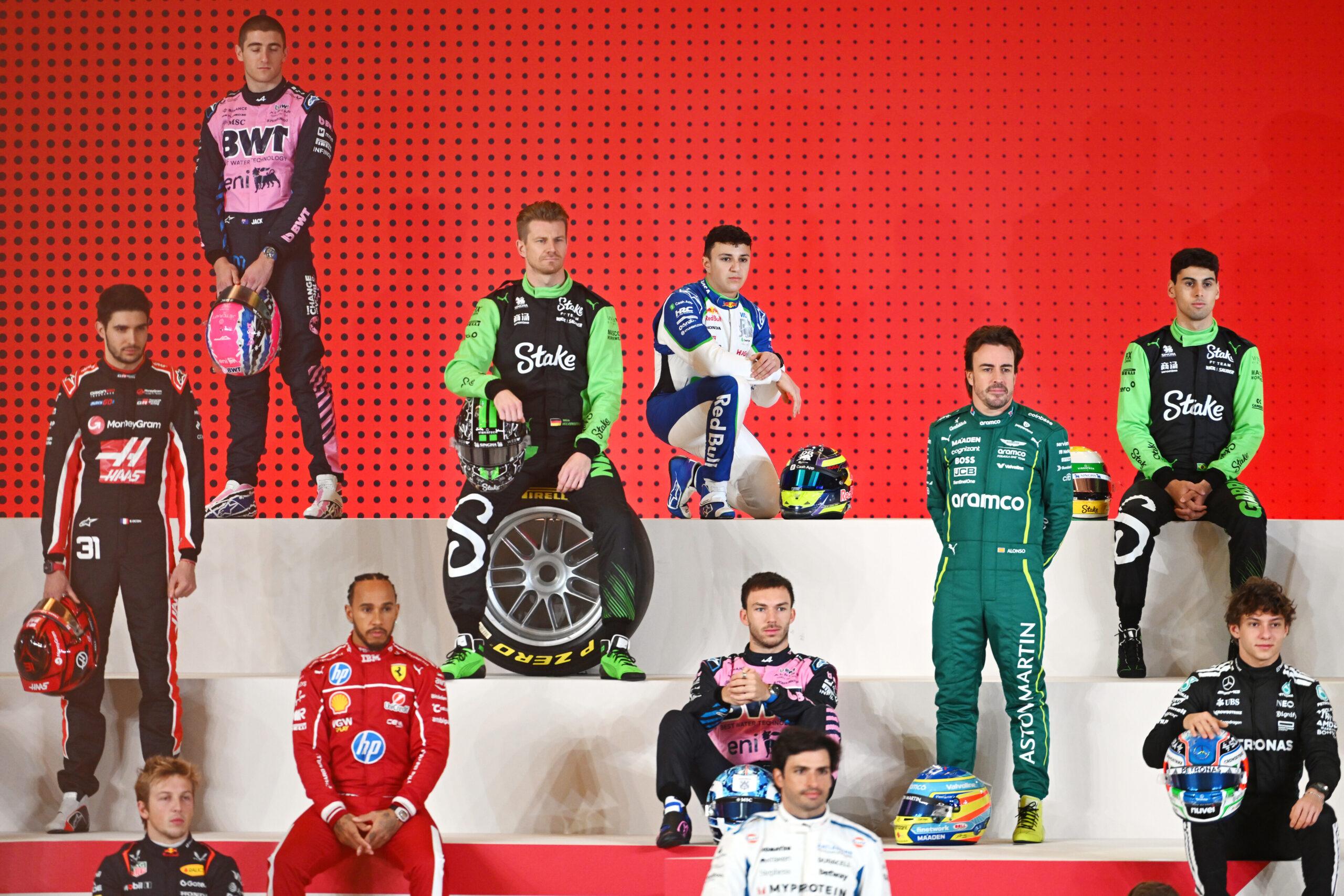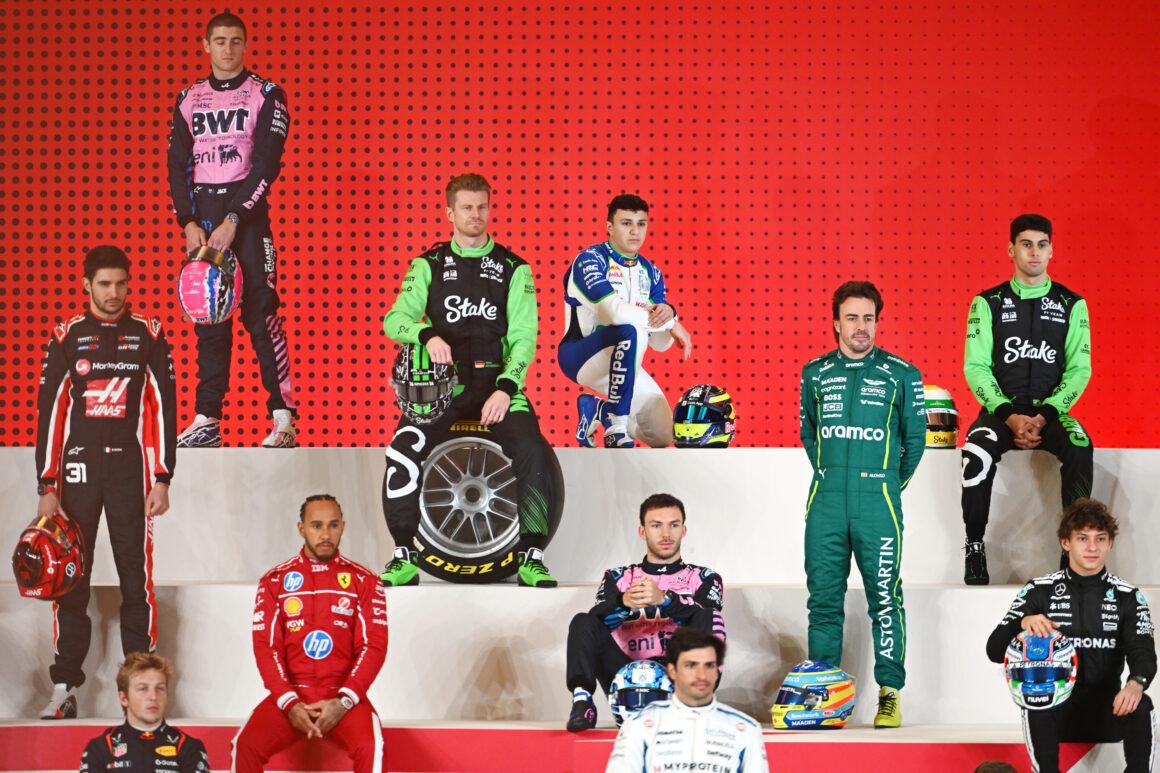Let’s cut through the noise. Formula 1 cars sip fuel like a dehydrated dragon and still clock around 6 miles per gallon over a race distance. File that under: Yikes. But here’s the twist—F1 has quietly become a thermal efficiency monster, and the road car industry keeps fumbling the bag.
Today’s F1 engines are 1.6L V6 turbos, hybridized, and wickedly optimized. They pump out roughly 850–1,000 horsepower and must complete a Grand Prix on about 37 gallons of fuel over at least 190 miles. That math hurts. But the tech behind it? That’s where the sport goes from guilty pleasure to engineering clinic.
The Real MPG: Why 6 MPG Isn’t the Full Story
Six MPG sounds abysmal because it is—if you think F1 is trying to be a Prius. It’s not. The goal is to go faster than physics thinks is polite while juggling fuel flow limits and energy recovery. You don’t bring a butter knife to a gunfight, and you don’t bring economy targets to a qualifying lap.
F1’s trick is thermal efficiency. That’s code for: how much of the energy in fuel becomes speed, not heat. Modern F1 power units have pushed thermal efficiency to levels that would make your family SUV blush. The sport forced smaller engines, slashed fuel allowances, and told engineers: keep the power. They did. That’s the headline.
From Gas Guzzlers to Hybrid Brutes
The early days? 4.5L engines, around 400 horsepower, pitlane fuel top-ups like snack breaks. The modern era? 1.6L V6 turbos with hybrid systems punching to near four-figure power and no refueling. That evolution wasn’t organic; it was engineered by regulation and ruthlessly exploited by teams.
Fuel-limited racing forced the arms race in energy recovery and combustion wizardry. The result: smaller engines doing the work of big ones, with smarter deployment. Lights out and away we… oh wait, F1 already reinvented the powertrain.
Hybrid Systems: Where the Magic Happens
Today’s cars harvest energy like it’s tax season. Braking energy gets saved, turbo energy gets recycled, and the hybrid system fills torque holes like spackle. It’s the signature move—deploy electric punch, save fuel, keep pace. Somewhere, a PR manager just had a minor stroke trying to explain why that tech hasn’t fully hit your driveway.
This is why 6 MPG misleads. You’re looking at peak performance under max stress with strict limits. Translate the same thermal gains to road usage, and hello improved real-world fuel economy. If manufacturers actually used it that way. Big if.
Aerodynamics: The Invisible Horsepower
Power is blunt. Aero is art. Adrian Newey and the wind tunnel mafia turned air into ally, building cars that slip through the atmosphere with brutal efficiency. Less drag equals more speed for the same fuel. Your car benefits too—just look at modern designs that are less fridge-on-wheels and more streamlined appliance.
Downforce is the drug, drag is the price. And F1 keeps cutting the bill. Road cars borrow the silhouette, the underfloor thinking, the airflow discipline. That’s not sexy on a spec sheet, but your highway MPG nods in appreciation.
Weight Wars: Carbon Fiber vs. Common Sense
Heavier cars drink more fuel. Revolutionary insight, right? F1 fixed that with carbon fiber—light, stiff, violently expensive. The result is safer, faster cars that turn like angry houseflies. Road cars copied, but mostly where it’s profitable: supercars, luxury badges, not your commuter pod.
Want true efficiency? You reduce mass. Instead, the market added giant wheels, panoramic roofs, and vibes. The plot thickens like the auto industry’s excuse list.
Strategy and Systems: Pit Lanes to Operating Rooms
Two-second pit stops aren’t just entertainment; they’re a masterclass in process optimization. High-speed coordination, precise role design, relentless feedback loops. Hospitals studied pit crews to improve operating room handoffs. Yes, F1 literally made surgery safer and faster. The competition? Reduced to expensive spectators.
On track, strategy is game theory on fire. Tires, fuel targets, energy deploys. Off track, the data science culture bleeds into other industries. That’s efficiency with a human brain, not just a faster pump.
The Efficiency Scandal: We Learned The Wrong Lesson
Here’s the kicker: the road car world took F1 breakthroughs and chose… power. Not efficiency. Turbo downsizing? Used to make heavier SUVs feel quick, not to slash fuel bills. Hybrid deployment? Often tuned for bragging rights, not emissions reality. Another masterclass in how NOT to use innovation.
Regulators could fix this. Set the targets, force the deployment, reward the companies that use F1’s efficiency for fewer greenhouse gases, not just 0–60 theater. Because right now, the race tech is there—and it’s being squandered.
So What’s the True Efficiency of an F1 Car?
On paper: roughly 6 MPG over race distance. In practice: a masterwork in turning limited fuel into savage speed through thermal efficiency, aerodynamics, hybrid recovery, and weight discipline. That’s the truth—the number is bad, the system is brilliant.
If you’re judging like a commuter, F1 faceplants. If you’re judging like an engineer, it didn’t just win, it sent everyone else back to karting school. Context matters. And F1 owns the context.
Key Takeaways: F1 Efficiency, Without the Spin
- Race-day fuel economy is about ~6 MPG. Harsh but accurate.
- Thermal efficiency gains are the real story—more motion, less waste heat.
- Hybrid systems and turbo downsizing came good under fuel limits.
- Aero improvements reduce drag; road cars quietly benefit in MPG.
- Weight reduction via carbon fiber led; road cars followed, but mostly for luxury.
- Big problem: industry used the gains for power, not emissions cuts.
- Solution: regulators incentivize deploying these gains for lower CO2.
Weather, Drama, and the MPG That Doesn’t Care
Rain? It shows up like that friend who starts fights, slashing grip and forcing fuel-saving maps. Wind? Plays favorites, handing slipstream gifts and aero headaches. Heat? Torches tires and power units, pushing teams into cautious engine modes. The environment meddles; the efficiency systems adapt.
Grab your popcorn—strategy chaos is where MPG shifts. Lift-and-coast, battery deploy, tire offsets. That’s where engineers earn the champagne and fans miss the subtlety. Somewhere, Hannah Schmitz smiles.
Bottom Line: The MPG Is Ugly, The Tech Is Beautiful
F1’s raw MPG won’t impress your accountant. But that number is a red herring. The sport built powertrains that squeeze extraordinary performance from a tight fuel ceiling. It elevated aero, weight, and systems thinking. It handed automakers the blueprint to make cleaner, smarter cars.
And what did many do? They collected disappointments like they’re Pokemon cards, chasing power instead of progress. Time to flip the script. Make F1 a champion of road efficiency, not just Sunday speed. Lights out—and deploy the tech properly this time.

